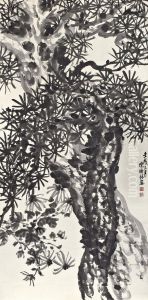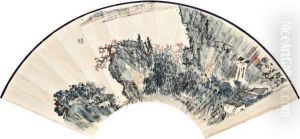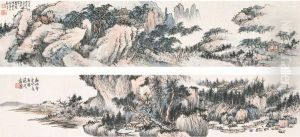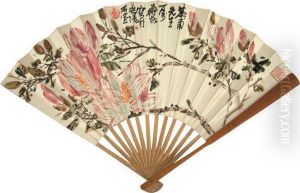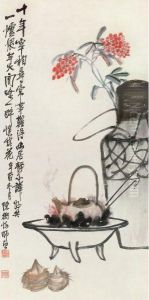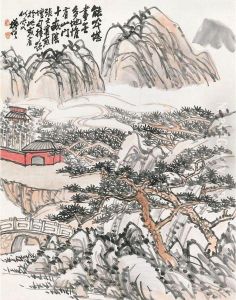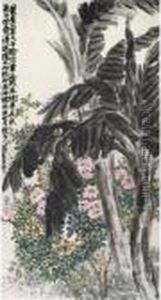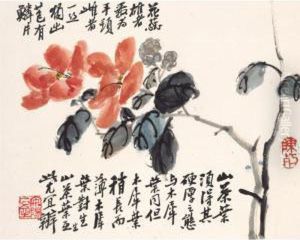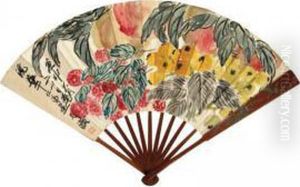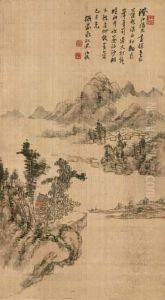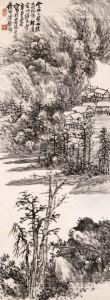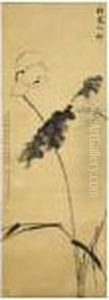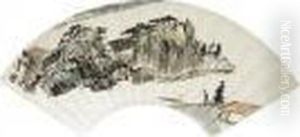Chen Hengke Paintings
Chen Hengke, also known as Chen Shizeng, was a prominent Chinese painter, educator, and art historian during the late Qing Dynasty and early Republican period of China. He was born into a scholarly family in Wujin, Jiangsu Province, and demonstrated a talent for painting and calligraphy from an early age. Chen was deeply influenced by traditional Chinese culture and art, but he was also one of the early Chinese artists to be exposed to Western art practices, which influenced his work significantly.
Chen Hengke pursued higher education in Japan at the Tokyo School of Fine Arts, where he studied under the tutelage of Japanese masters like Kano Hogai. During his time in Japan, he was exposed to various styles and techniques, including Western oil painting, which he integrated into his own artistic practice. His exposure to different cultural influences allowed him to develop a distinctive style that blended traditional Chinese painting techniques with Western realism.
Upon returning to China, Chen became an influential figure in the art education movement and played a pivotal role in the establishment of modern art institutions, including the Beijing Fine Art School. He advocated for the reform of Chinese art and worked tirelessly to elevate the status of fine arts in the cultural and educational spheres of China.
Chen Hengke was also known for his scholarly work and contributions to the study of Chinese art history. He researched and wrote extensively on ancient Chinese paintings, contributing to the preservation of cultural heritage and the promotion of traditional Chinese art forms.
As an artist, Chen Hengke excelled in figure painting, landscapes, and flower-and-bird paintings. His works were characterized by their elegance and refinement, often infused with poetic and literati qualities. Unfortunately, his life was cut short when he passed away in 1923, but his legacy endured. Chen's contributions to the art world left a lasting impact on the development of modern Chinese art and continue to be celebrated by art historians and aficionados around the world.

